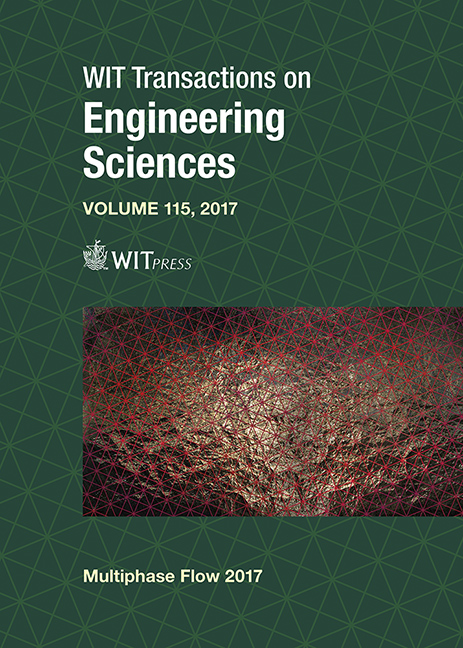A MODEL FOR CAVITATION-INDUCED PRIMARY BREAK-UP OF VISCOUS LIQUID SPRAYS
Price
Free (open access)
Transaction
Volume
115
Pages
8
Page Range
111 - 118
Published
2017
Size
502 kb
Paper DOI
10.2495/MPF170121
Copyright
WIT Press
Author(s)
RATHESAN RAVENDRAN, BENNY ENDELT, JESPER DE CLAVILLE CHRISTIANSEN, PETER JENSEN
Abstract
In this paper, a new model for cavitation induced primary break-up is proposed, which is able to map the influence of cavitating nozzle flow on spray formation. The model is applicable for viscous liquid sprays, where the Reynolds number is below 800. For such viscous spray systems, liquid break-up is enhanced when cavitation bubbles burst at the nozzle exit. The proposed model describes the transition from the flow inside the nozzle, modelled using a homogeneous equilibrium model (HEM) method, to the first primary droplets modelled using a Eulerian-Lagrangian method. Thus, providing the boundary conditions for the calculation of the secondary break-up and spray formation. The nozzle exit is divided into a definite number of patches, and liquid momentum and density from each patch are used to initialize the primary droplets. Using this method, the influence of bursting cavitation bubbles and asymmetrical properties of viscous sprays can be identified. The model has been implemented in the open-source CFD software package OpenFOAM and a first validation has been done using high-speed shadowgraphic imaging.
Keywords
spray formation, cavitation, primary break-up, numerical simulation, viscous liquids, OpenFoam





